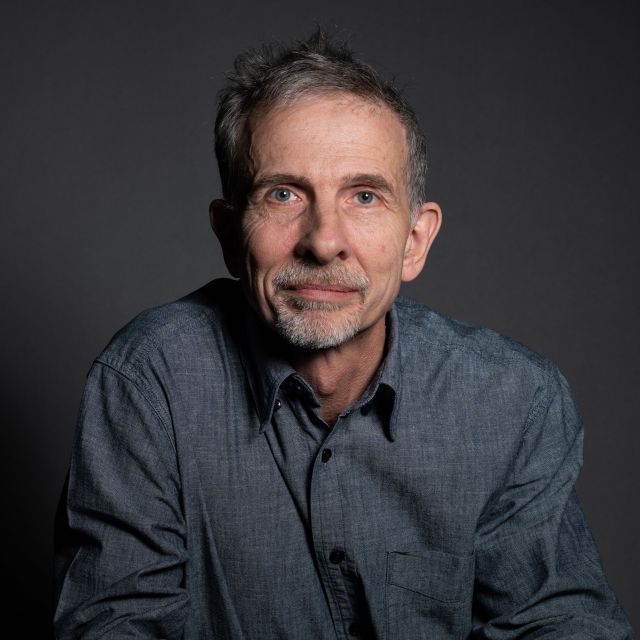Biaggio’s research is focusing on condensed matter physics and photonics, using different kinds of lasers to investigate light-matter interaction in various systems.
In the condensed matter area, his research group is working on the investigation of organic semiconductors. These materials often consist of molecular single crystals and they generally work in an area of condensed matter physics that is markedly different from conventional semiconductors. Biaggio’s group has contributed greatly to advances in the understanding of the photophysics of one organic semiconductor that serves as a prototype material in the fields: rubrene. He and his graduate students published the first complete spectroscopy characterization of the material, the first visual observation of the diffusion of triplet excitons, also determined the connection between its photocunductivity and triplet exciton states. His group is currently investigating the properties of a quantum-entangled pair of triplet excitons that are generated after photoexcitation and wonder independently in the crystal by diffusing, while remaining in an entangled state from the point of view of spin. His work with Eric Wolf, a Lehigh undergraduate student at the time, lead to the first observation of fluorescence quantum beats in rubrene/
In the photonics area, Biaggio’s research lead to the development of a specific small-molecule organic material that can be easily combined with silicon photonics to create the optical equivalent of a transistor, a special waveguide device that can be used to control light with light (all-optical switching). This lead to the first ultra-high-speed demonstration of all-optical switching using the “DDMEBT” material, and to the later development of a general new paradigm for enhancing photonics circuits by homogenously filling nanometer scale gaps in silicon waveguides with a mall-molecule material using physical vapor deposition. Biaggio’s group is also doing general work in various areas of nonlinear optics, such as special coupled waveguides that can be used for frequency conversion in glass fibers, or the development of organic electro-optic modulators for integrated photonics.


